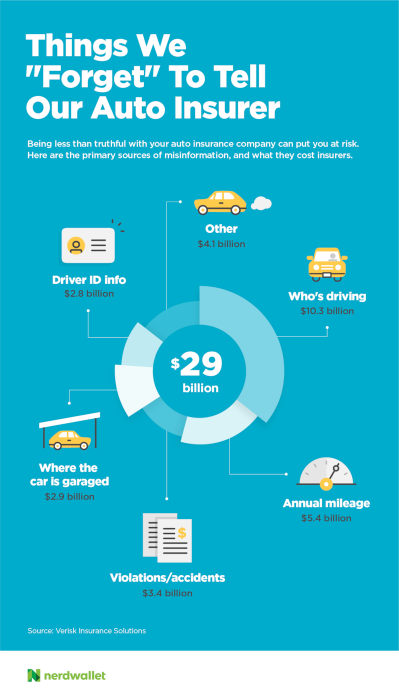So you’ve come into some money?
If your bank account has seen a $20,000 surge — be it from a bonus, inheritance, real estate sale or some sort of winnings — deciding how to invest that money can be both exciting and daunting. First, get excited. A $20,000 windfall provides a lot of options to invest for retirement or toward other financial goals like buying a house or funding your child’s education. It may not be enough to quit your job and jet off to some idyllic island, but it’s a sum that certainly can help fund a wide range of dreams. Now brush off any apprehension and explore your options:
How to invest $20,000
– Max out retirement accounts MoreWe assume you’ve paid off any high-interest debt like credit cards and personal loans and have an adequate rainy day fund set aside. We also assume you’ve calculated how this windfall will affect your federal taxes so you’re not surprised when it comes time to file. And we’ll take a narrower definition of investing here; a broader interpretation might lead you to research spending money to save down the road, such as makingenergy efficiency upgrades.1. Max out retirement accounts It’s never too early — or late — to plan for retirement. With $20,000 at your disposal, you may have the financial cushion needed to increase or max out your 401(k) and an individual retirement account. Start at work, maxing out your 401(k) match if your employer offers this type of benefit. For each dollar you invest, your employer will match a portion of that amount. Plan terms vary widely, but a 50% to 100% match on employee contributions ranging from 3% to 6% is pretty common. Contribute at least enough to earn that full match.If you come up short on your monthly bills due to the increased contributions, your $20,000 is there to help cover the gap. Next,open an IRA and max that out. You can opt for a traditional IRA for the upfront tax deduction or a Roth IRA to collect a tax break in retirement when you start making withdrawals. Find out if you’re eligible andwhich is best for you. Finally, it may make sense to increase your 401(k) contributions, but be mindful of your other investment goals — and your near-term financial needs. To max out both a 401(k) and an IRA, you’d need to earmark $23,500 if you’re under 50; theannual contribution limit is $18,000 for 401(k)s and $5,500 for IRAs. Over 50? That total goes up to $30,500. Either way, doing so may exhaust that $20,000 windfall. 2. Let a robo-advisor do the work
If making investment decisions is stressful, you may find peace of mind letting someone else — or something else — do the legwork. Robo-advisors use computer algorithms to manage your money, offering lower-cost management fees by relying primarily on investments in exchange-traded funds. The tradeoff is less personalization, but robo-advisors may be an attractive option for a chunk of your lump sum. A $20,000 investment is enough to open an account at most companies, includingWealthfront, which manages the first $10,000 for free. While management fees vary, a typical range is 0.25% to 0.35% — meaning you’ll pay that percentageannually on the amount you have invested. » MORE: Find thebest robo-advisor
3. Open a brokerage account and take the reins
Welcome to one of the exhilarating aspects of investing: charting your own course. Again, $20,000 will more than meet the minimum account requirements for the major online brokers, where you’ll have access to a variety of investing products —individual stocks, mutual funds, ETFs, bonds, futures and option trading. The rightonline brokerage account will give you the freedom to take a DIY approach to investing, while providing resources if you’re a beginner investor. That might include research, access to financial advisors, in-person or telephone support and automated strategies. For example, OptionsHouse and TD Ameritrade, NerdWallet’s top online brokers, offer strong customer support and advanced trading platforms with no balance or trade minimums. » MORE: The best online brokers
4. Align your investments with your values
Whether you stumbled upon this money or toiled for it, it’s yours now to invest. As you sort through your options, you may want to align a portion of that $20,000 with your values or risk preferences. Your tolerance, or comfort level, with risk will depend on your age, personality and investing goals. And there’s a broad spectrum from which to choose — from Treasury bonds, which have a low default risk because they’re backed by the U.S. government, to short selling, in which you bet a stock price will go down and risk theoretically infinite losses.How to invest Perhaps you want to vote with your money. Motif Investing, for example, allows you to build your own group of stocks or ETFs that align with your values. Stash is an app that lets you invest in “themes” — Clean & Green, Do the Right Thing, Aggressive Mix and so on — for as little as $5 in an account. Anna-Louise Jackson is a staff writer at NerdWallet, a personal finance website. Email: ajackson@nerdwallet.com. Twitter: @aljax7. The article How to Invest $20,000 originally appeared on NerdWallet.
– Let a robo-advisor do the work
– Open a brokerage account and take the reins
– Align your investments with your values
We’ve written about how to invest other amountsas well.
• $500
• $1,000
• $5,000
• $10,000





















